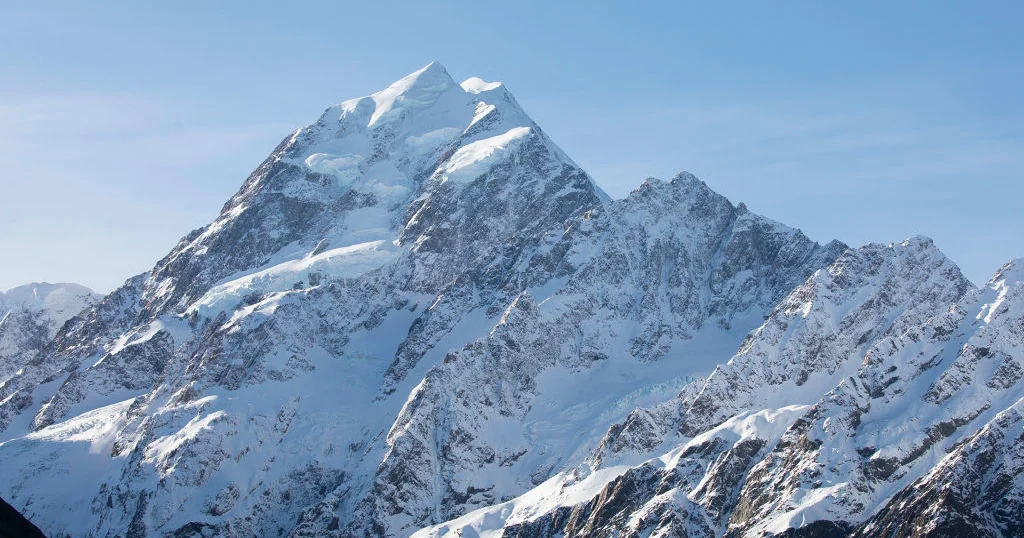Recently, two mountain climbers tragically lost their lives while attempting to scale Aoraki, New Zealand’s tallest peak. This incident involved a U.S. national and a renowned climbing guide from New Zealand. Despite immediate rescue efforts, the search for the climbers ended in heartbreak. With Aoraki’s reputation for treacherous conditions, this incident highlights the inherent risks involved in high-altitude climbing.
| Article Subheadings |
|---|
| 1) Overview of the Incident |
| 2) The Climbers and Their Background |
| 3) Rescue Operations and Recovery Efforts |
| 4) Aoraki’s Climbing Challenges |
| 5) Broader Context of Climbing Accidents |
Overview of the Incident
Two climbers tragically perished while attempting to summit Aoraki, known to many as Mount Cook. This high-altitude expedition ended in disaster when the climbers fell near the peak. New Zealand Police reported the incident on a recent Tuesday, following the late-night notification of rescue teams about the climbers in distress. The perilous nature of the mountain was compounded by poor weather conditions, which made rescue operations difficult.
The Climbers and Their Background
Among the deceased climbers, one was identified as a U.S. national, adding an international dimension to this tragic event. The other individual was a prominent member of the New Zealand Mountain Guides Association and well-respected in the climbing community. His experience and qualifications showcased his familiarity with the mountain’s challenges. Both climbers were connected by a rope at the time of the incident, a common safety practice in such extreme environments. The news of their deaths has been met with sadness and shock within the mountaineering community.
Rescue Operations and Recovery Efforts
Rescue efforts were initiated promptly after authorities received distress calls regarding four climbers on Aoraki. Two of the climbers were airlifted to safety in the early hours of Tuesday morning, emerging uninjured from the ordeal. However, search efforts for the remaining climbers extended throughout the night and into the morning hours, culminating in the devastating discovery of their bodies come Tuesday afternoon. Local authorities, including Police Area Commander Inspector Vicki Walker, confirmed the recovery, stating that a coroner’s investigation would follow. The efforts to recover the climbers underscored the dedication of New Zealand’s rescue teams, often lauded for their courage and effectiveness in high-stakes scenarios.
Aoraki’s Climbing Challenges
Aoraki stands at an imposing 12,218 feet, making it New Zealand’s highest peak and a stunning feature of the Southern Alps range. The mountain’s terrain is recognized for its technical difficulties, including crevasses and the risk of avalanches, compounded by rapidly changing weather conditions and glacier movements. This complexity has been the cause of over 240 recorded climbing fatalities since the beginning of the 20th century, emphasizing its dangerous reputation. Aoraki attracts experienced climbers from around the world, drawn by its majestic views and challenging ascent.
Broader Context of Climbing Accidents
The deaths on Aoraki are part of a troubling trend of climbing incidents occurring on major peaks globally. Recent months have seen other fatalities, including an avalanche incident in Nepal and individual accidents in places like Yosemite and K2. These tragedies reveal the inherent risks of mountaineering, bringing into focus the responsibilities climbers must undertake when embarking on such ventures. Aoraki is not an isolated case; the dangers mountaineers face are a shared experience across the world’s renowned peaks.
| No. | Key Points |
|---|---|
| 1 | Two climbers died on Aoraki, New Zealand’s tallest peak. |
| 2 | One climber was a U.S. national, while the other was a prominent New Zealand guide. |
| 3 | Rescue operations were launched quickly but resulted in the recovery of two climbers and the dead climbers’ bodies. |
| 4 | Aoraki poses serious challenges for climbers due to its technical terrain. |
| 5 | This incident is part of a concerning trend of climbing accidents worldwide. |
Summary
The tragic deaths of two climbers on Aoraki serve as a stark reminder of the risks associated with high-altitude climbing. As authorities continue to investigate, the incident sheds light on the perils of mountaineering and the importance of safety measures. Aoraki remains both a breathtaking destination and a hazardous peak, underscoring the delicate balance between adventure and caution in the sport of climbing.
Frequently Asked Questions
Question: What are the main dangers associated with climbing Aoraki?
Climbing Aoraki presents various dangers, including technical terrain, crevasses, avalanche risks, and unpredictable weather, all of which can pose significant challenges to climbers.
Question: How do rescue operations typically function in high-altitude scenarios?
Rescue operations in high-altitude scenarios usually deploy helicopters and ground teams who work tirelessly to locate and retrieve climbers in distress, often contending with challenging environmental conditions.
Question: What is the significance of the New Zealand Mountain Guides Association?
The New Zealand Mountain Guides Association is crucial in promoting safety standards and ethical practices among climbers and guides, helping to mitigate the risks associated with climbing in challenging environments.
